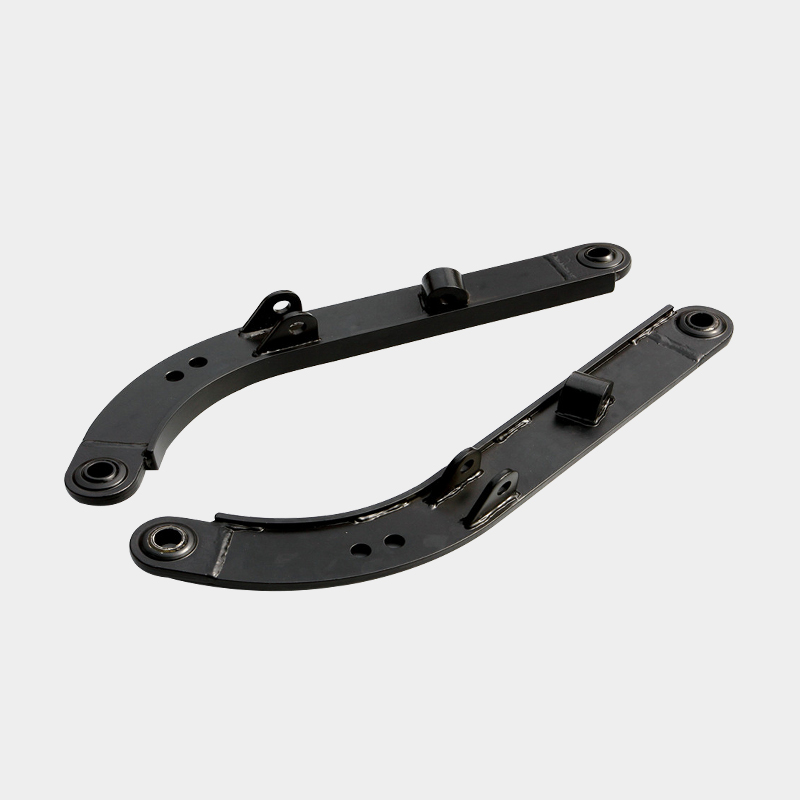Call Us
+86-13486669457Ensuring correct weight distribution when using a 3-point hitch assembly is crucial for safety and optimal performance. Here's how you can achieve it:
Balance Implement Weight: Achieving proper weight distribution on the 3-point hitch begins with the careful consideration of the weight of the implements being attached. It's not just about the total weight but also how that weight is distributed across the hitch arms. When mounting implements, strive for a symmetrical arrangement that evenly distributes the load. Heavier implements should be positioned so that their weight is balanced across both hitch arms. This balanced distribution helps prevent the tractor from leaning to one side, which could affect stability and traction. Adjusting the position of implements as needed ensures that weight is distributed optimally, promoting smooth and efficient operation while minimizing strain on the tractor's frame and components.
Use Counterweights: In situations where front-mounted implements create an imbalance, counterweights can be a valuable solution. These weights, typically mounted on the rear of the tractor, help offset the additional weight on the front end. Incorrectly sized or positioned counterweights can exacerbate rather than alleviate balance issues, potentially leading to further instability or even tractor overturns.
Adjust Hitch Height: The height of the 3-point hitch plays a significant role in both weight distribution and implement performance. Proper adjustment ensures that implements maintain the desired operating depth and angle while also helping to distribute weight evenly. When setting the hitch height, consider the terrain, the specific requirements of the implement being used, and the tractor's capabilities. For example, when plowing, the hitch may need to be set lower to achieve the desired depth, whereas for transport or general field work, a higher hitch height may be appropriate. Regularly adjusting the hitch height as needed ensures that the tractor maintains stability and traction across various operating conditions.
Check Tractor Tires: The condition and inflation of tractor tires directly impact weight distribution and traction. Uneven tire pressure can lead to uneven weight distribution, affecting stability and overall performance. Therefore, it's essential to regularly check tire pressure and adjust as needed to match the manufacturer's recommendations. Inspect tires for signs of wear, damage, or punctures, as these issues can also affect weight distribution and traction. By maintaining proper tire pressure and addressing any tire-related issues promptly, operators can ensure optimal weight distribution and reduce the risk of accidents or equipment damage.
Consider Terrain: Operating on uneven terrain introduces additional challenges for weight distribution and stability. In such conditions, it's essential to adjust the 3-point hitch as needed to compensate for changes in slope or surface irregularities. Failure to do so can result in the tractor becoming unbalanced or even tipping over, posing serious safety risks. By carefully monitoring terrain conditions and making necessary adjustments to the 3-point hitch, operators can maintain stability and control during operation, minimizing the risk of accidents and maximizing productivity.
Monitor Load Limits: Before attaching implements to the 3-point hitch, operators should familiarize themselves with the tractor's maximum lift capacity and the weight capacity of individual implements. It's crucial to avoid overloading the tractor or hitch system, as this can strain components, reduce stability, and compromise safety. Regularly monitoring and adhering to load limits ensures safe and efficient operation, prolonging the lifespan of the equipment and minimizing the risk of accidents.
3 Point Hitch Extendable Lower Link Arms


 中文简体
中文简体
 English
English








